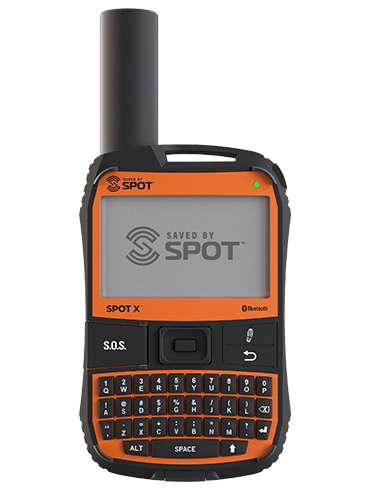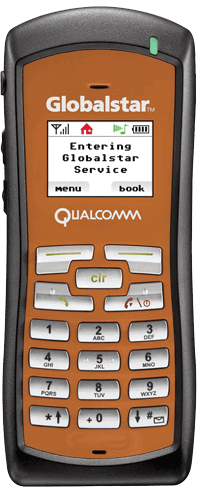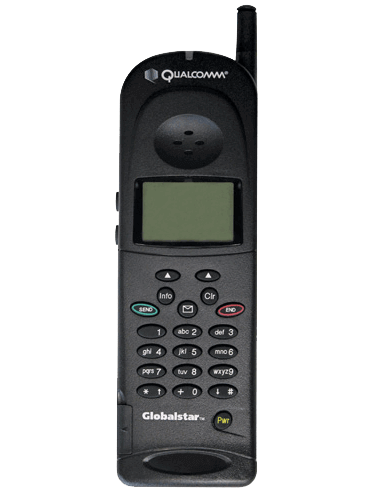Why Satellite Connectivity Can Outperform Cellular Connectivity in IoT Applications
While cellular networks (LTE and 5G) are widely used for IoT, they have significant limitations, especially in remote, high-mobility, or mission-critical applications. Satellite connectivity is a powerful alternative, offering global coverage, reliability, and resilience where cellular networks struggle in the case of natural disasters or when cellular networks are offline.
Global Coverage Without Dead Zones
One of the biggest challenges with cellular connectivity is coverage gaps. Cellular networks depend on terrestrial infrastructure, including towers, fiber optics, and base stations, limited to populated areas.
This creates dead zones in:
- Remote locations, such as deserts, oceans, and rural areas
- Industrial sites, including mines, oil rigs, offshore platforms, and pipelines
- Logistics and fleet operations, like global cargo shipping, aviation, and trucking
Satellite networks, particularly LEO constellations, offer borderless, continuous coverage anywhere in the world. This makes satellites indispensable for industries that require real-time connectivity, no matter how remote their operations.
Reliable, Disaster-Proof Connectivity
Cellular networks are highly dependent on physical infrastructure, making them vulnerable to:
- Natural disasters, like hurricanes, earthquakes, floods, and wildfires
- Power outages that disrupt network towers
- Cyberattacks targeting centralized telecom providers
Satellite connectivity, by contrast, can be more resilient than cellular infrastructure, particularly in emergencies. Globalstar offers unprecedented network resiliency by having multi-path satellite capability and multiple redundant ground stations to eliminate single points of failure.
This allows IoT devices using satellite connections to continue to transmit data, track assets, and coordinate responses, creating a major advantage for:
- Disaster recovery teams
- Disaster relief logistics
- Critical infrastructure monitoring
- Military and defense operations
Flexibility in Regulatory and Cross-Border Deployments
Cellular connectivity is subject to local spectrum regulations and licensing agreements, which can complicate cross-border IoT deployments. Companies operating across multiple countries must navigate roaming agreements, compliance issues, and coverage inconsistencies when leveraging cellular, with multiple Mobile Network Operator or Mobile Virtual Network Operator agreements that must be patchworked to create coverage, leading to operational complexities.
While satellite operators must navigate authorization per country, it is a less complex problem and is the onus of the satellite operator, not the end user. Globalstar’s satellite spectrum is globally coordinated, which helps deliver consistent, borderless, and scalable connectivity.
For businesses operating across multiple regions, leveraging a satellite connectivity provider instead of relying on cellular networks simplifies cross-border operations and reduces administrative overhead. Satellite connectivity enables a ubiquitous network quality across the entire coverage footprint, predictable monthly data costs, eliminating the need to work with multiple roaming partners and adjust for billing discrepancies that often arise when using different regional cellular providers.
This reduces costs and saves time and resources that would otherwise be spent reconciling varying network charges, negotiating new agreements, and troubleshooting inconsistent service coverage. With satellite connectivity, businesses can achieve seamless, uninterrupted communication and network reliability, ensuring operational efficiency regardless of geographic boundaries.
Predictable, Repeatable Connectivity
Reliability in IoT isn’t just about staying connected – it’s about ensuring consistent and predictable network performance.
Cellular networks can suffer from fluctuations in connectivity and bandwidth available due to:
- Network congestion from high user demand
- Interference from nearby signals and spectrum limitations
- Changing regulatory conditions and licensing restrictions
Satellite connectivity provides repeatable network performance by maintaining consistent coverage across all connected devices, regardless of location. Unlike cellular, which may experience dropped connections and fluctuating bandwidth, satellite ensures steady, predictable data transmission.
Scalability Without Infrastructure Limitations
Expanding a cellular-based IoT network can require building new towers, expanding fiber networks, or navigating complex regulatory approvals.
Satellite connectivity can eliminate these barriers, allowing businesses to:
- Scale operations globally without infrastructure buildout or roaming agreements
- Deploy IoT devices anywhere without needing network expansion
- Ensure seamless, repeatable connectivity across regions
Reach for Reliability with Globalstar
In a world where connectivity underpins everything from logistics to life-saving operations, relying solely on cellular networks means accepting limits – coverage gaps, roaming challenges, and infrastructure dependencies.
Satellite connectivity offers a powerful alternative: reliable and repeatable global reach that isn’t constrained by geography or grid availability. Reach for reliability with Globalstar.
Learn more today.
 SmartOne Solar
SmartOne Solar SmartOne C
SmartOne C STX3
STX3 STX3 Dev Kit
STX3 Dev Kit SPOT X
SPOT X SPOT Gen4
SPOT Gen4 SPOT Trace
SPOT Trace
